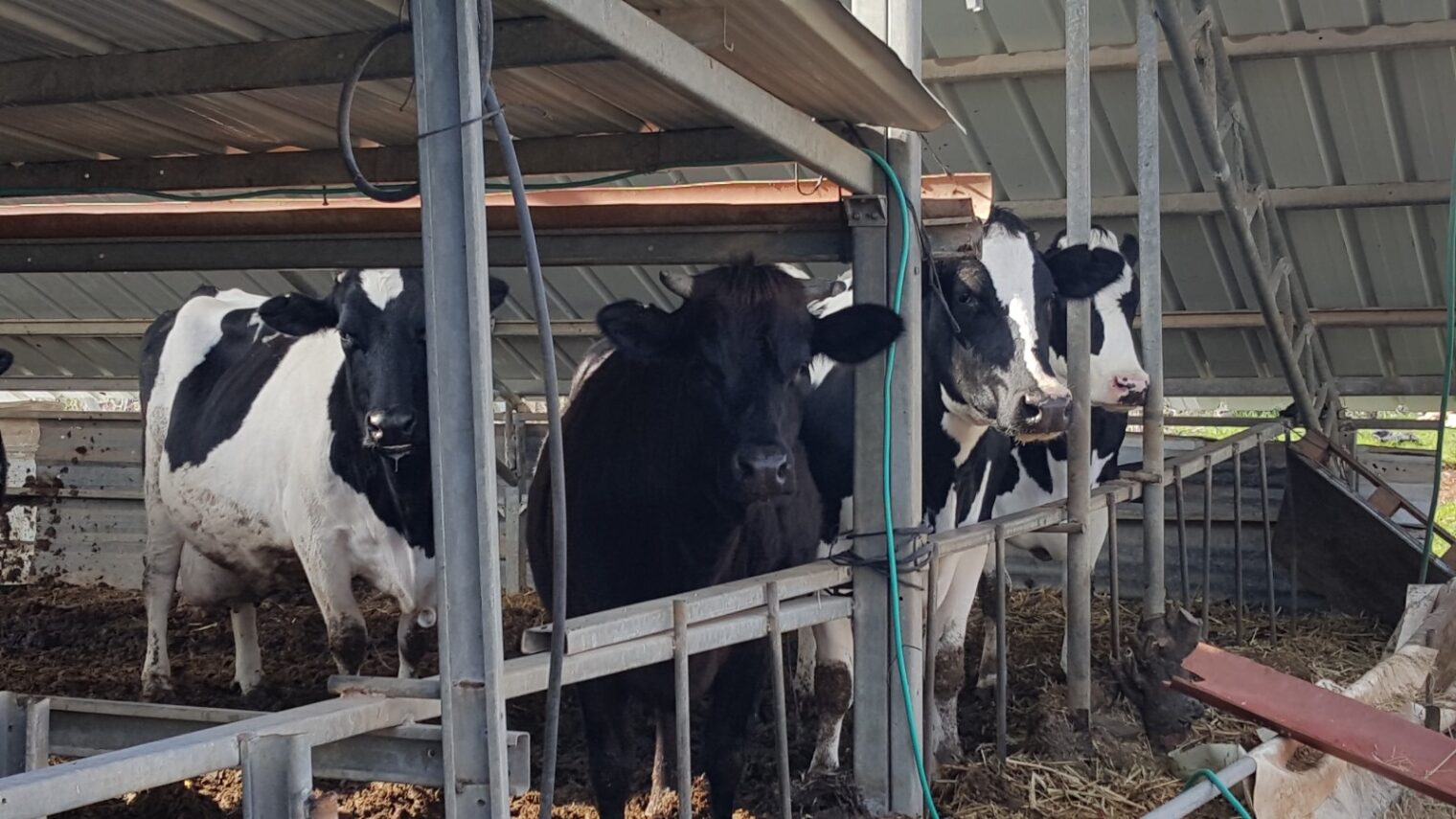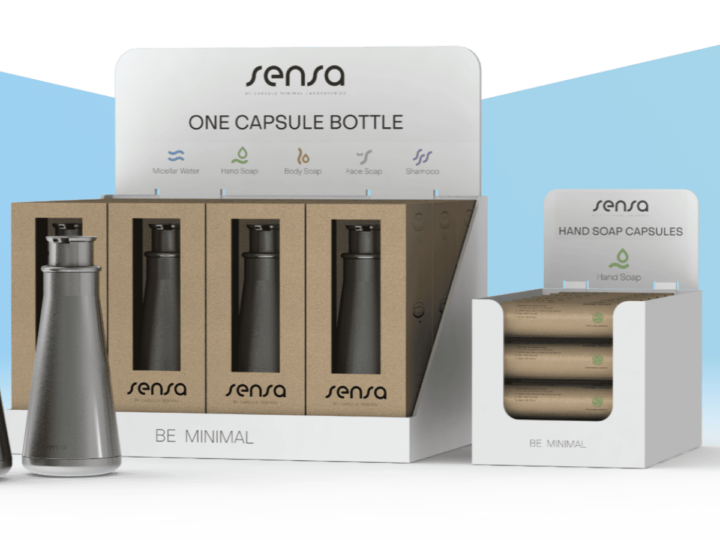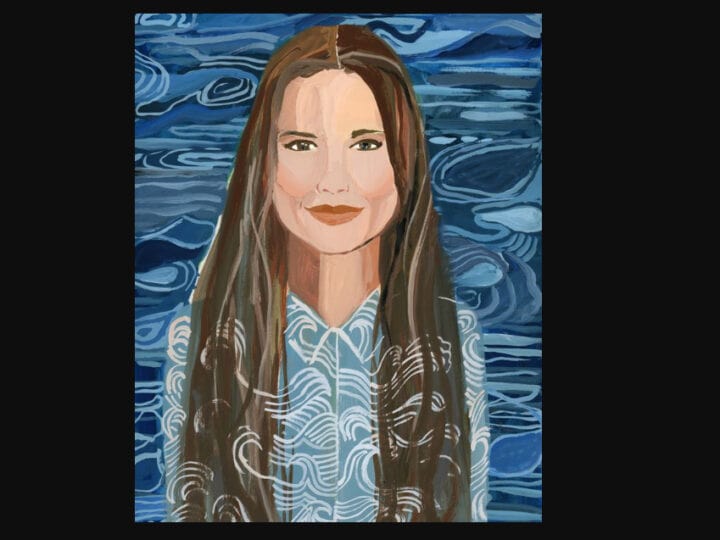In a land famous for cutting-edge agricultural technology, one Israeli farmer gets his sustainable ecological solutions not from a computer – he doesn’t own one – but from the backside of his cows.
That’s right: We’re talking about methane, the odiferous, climate-changing “greenhouse gas” produced by the digestive systems of livestock.
One cow emits 150 to 200 liters of methane gas every day in the form of farts and feces. Large farms often have sophisticated manure-management and bio-digester systems to extract biogas from the waste.
Alon Zimmerman doesn’t have that kind of budget. After 30 years of growing organic vegetables, a storm destroyed his hothouses three years ago. So the 58-year-old former surfer from Long Beach, California, bought a herd of dairy cows and worked with a mechanical engineer to jury-rig his own permaculture-inspired system for extracting fuel, fertilizer and fish food from cow patties.
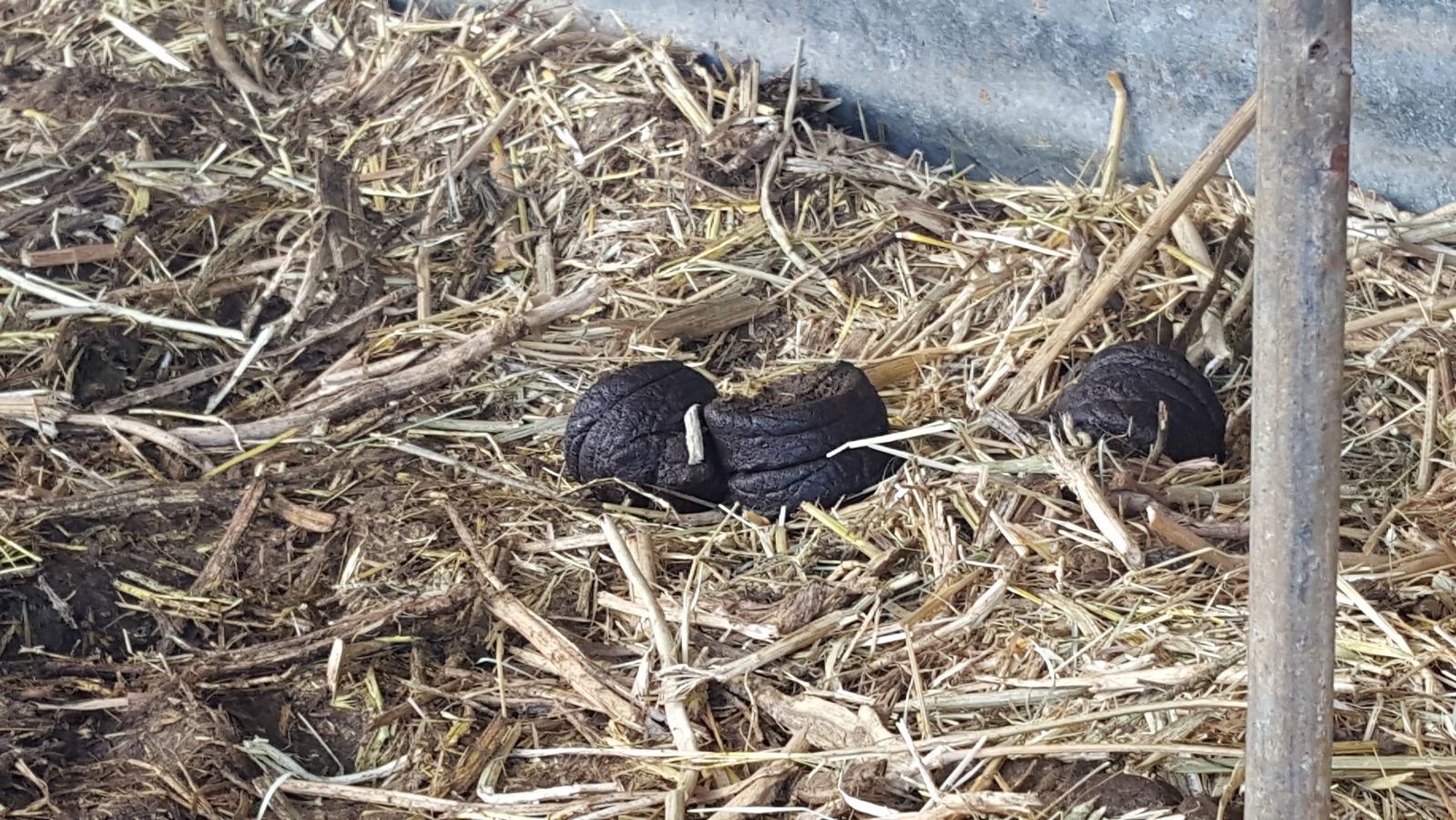
Zimmerman’s ingenuity might have gone unnoticed if not for a video made by Ari Pollack, an information systems engineer who owns a vineyard and winery near the Zimmerman Farm in the Samarian hills.
For his final project in a master’s course called “Innovation in Sustainability” at Ben-Gurion University of the Negev, Pollack and classmate Viktor Cohen went to Zimmerman Farm to shoot “Who Cut the Cheese? Innovation of the Silent but Deadly.”
Within 48 hours, the amateur film was being shared across social media.
“Alon has very strong ideals about how this world needs to look,” Pollack tells ISRAEL21c. “The whole farm is made to be without emissions and it’s also economically viable. The world can’t survive much longer as resources dwindle and consumerism encourages a culture of buying and throwing away. Alon is trying to make a model where communities can survive on a sustainable way of living.”
Every day, Zimmerman collects the cow waste and dumps it into a tank. He stirs the slurry to loosen it up, and then releases it into an underground chamber that functions like a cow stomach with just the right temperature and mix of bacteria to separate out the methane gas.
The gas is piped into a large bag and pushed out by a compressor into tanks, ready for Rachel Zimmerman to use as fuel to make the yogurt, cheese, fruit leather, granola, sourdough breads and other homegrown products that the couple bundles into baskets and sells door to door.
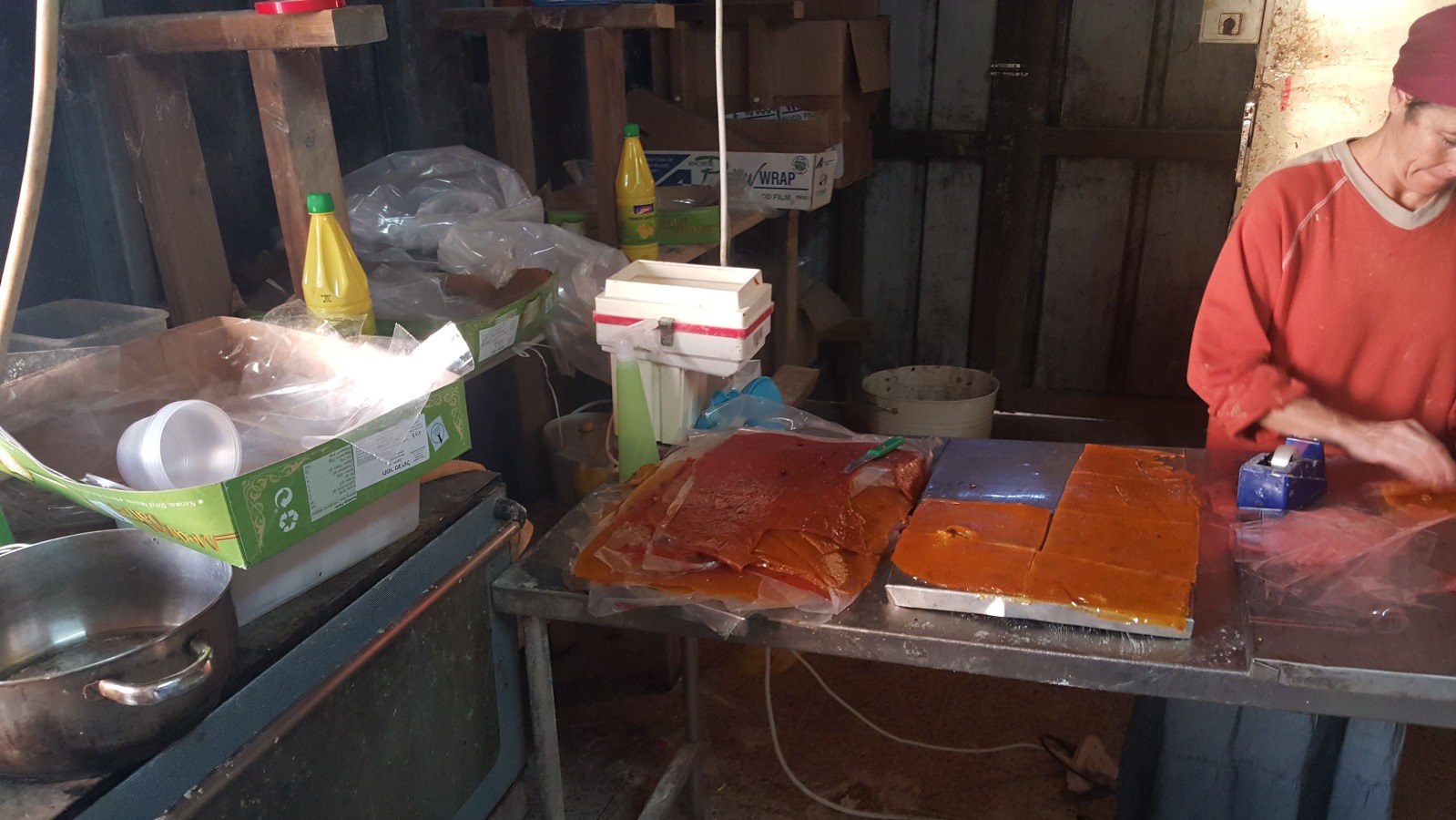
“My wife is the powerhouse behind everything successful here,” says Zimmerman.
The liquid left over from the slurry is used as organic fertilizer for Zimmerman’s cherry tomatoes in summer and strawberries in winter. Each cow produces enough for a dunam (quarter acre) of hothouse crops. And the worms attracted to the nitrogen-rich soil go into the farm’s fish pond.
There you have it: cow dung turned into fuel, fertilizer and food.
“It’s been my life’s dream to get into alternative energy,” Zimmerman tells ISRAEL21c. “I was a revolutionary when I was young, and I haven’t lost it.”
As a boy, he would go on nature walks with his mother. “We’d stand in front of an anthill for 20 minutes. She taught me how have to observe and learn from nature and mimic nature. That’s the basis of the whole approach here.”
Inside the farmhouse the Zimmermans installed a rocket stove – a highly efficient wood-burning combustion chamber with a vertical chimney — and fuel it with readily available and otherwise useless waste from olive presses. In the future, he plans to funnel the carbon dioxide byproduct of burning methane into his hothouses to foster plant growth.
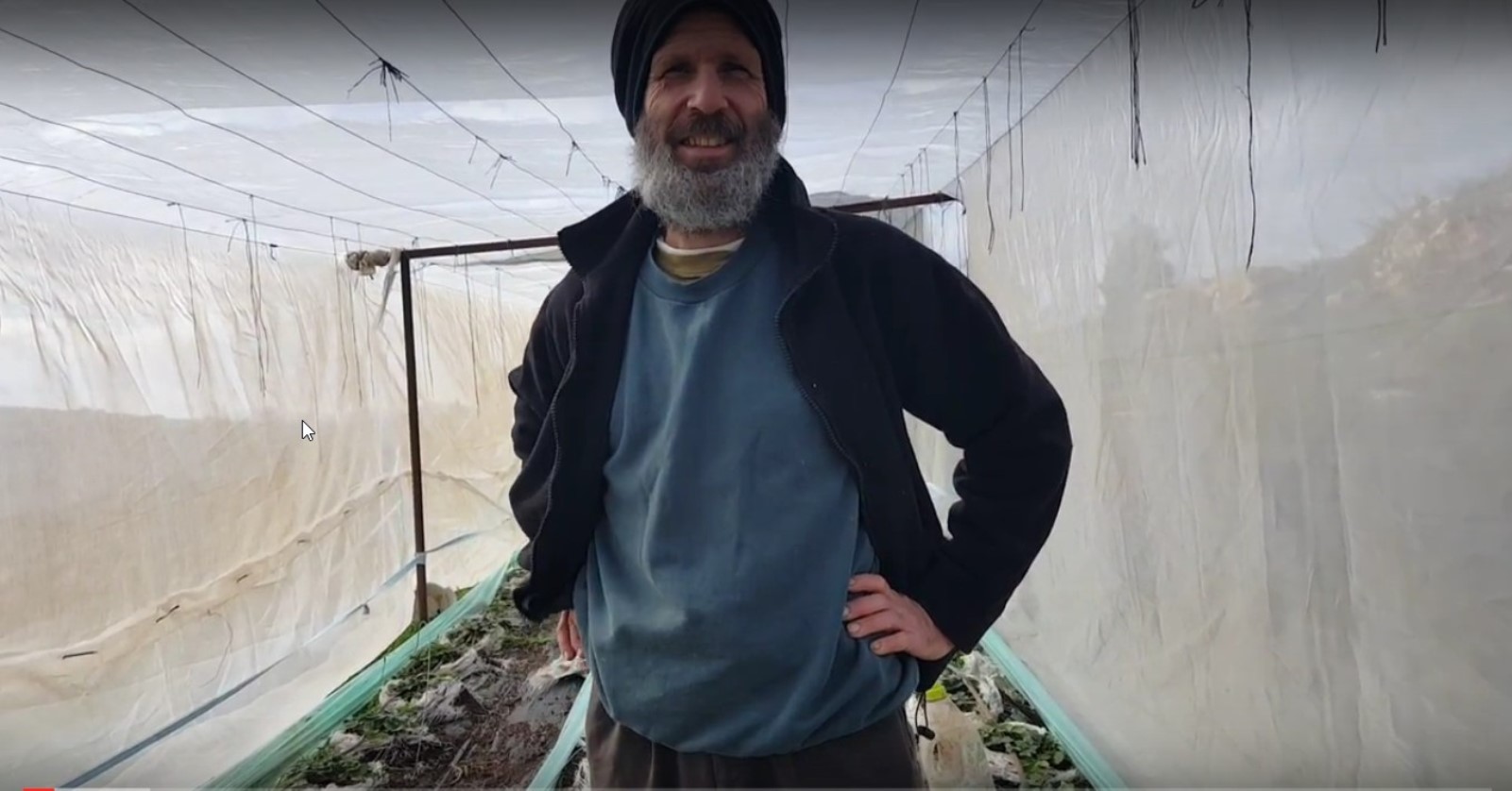
The father of 10 emphasizes that each individual method he employs isn’t revolutionary – ancient Aztec and Chinese farmers had some of the same ideas – but he figured out how to combine them.
“We’re taking technologies that already exist and putting them all together synergistically. In my mind, at least, these things all go together like a huge mosaic. It makes sense to me to utilize aquaponics, and to have multiple uses for the same cubic meter of water to get the maximum out of it. The most important thing is at the end to have a product to sell, and the buyer is buying part of what we do to produce the product.”
Zimmerman has a bunch of other ideas percolating, including a barn designed to catch wind, increase its speed and convert it into electrical power; and a superefficient engine for heating water.
“An investment would help me develop these things further and make them available to others,” he says. “The idea would be to fund an overall system where people would get knowledge from us and certain specific components we would sell to them so they would have a sustainable system based on a localized approach and can become economically and ecologically independent.”
For more information, email methanepoo@gmail.com.




